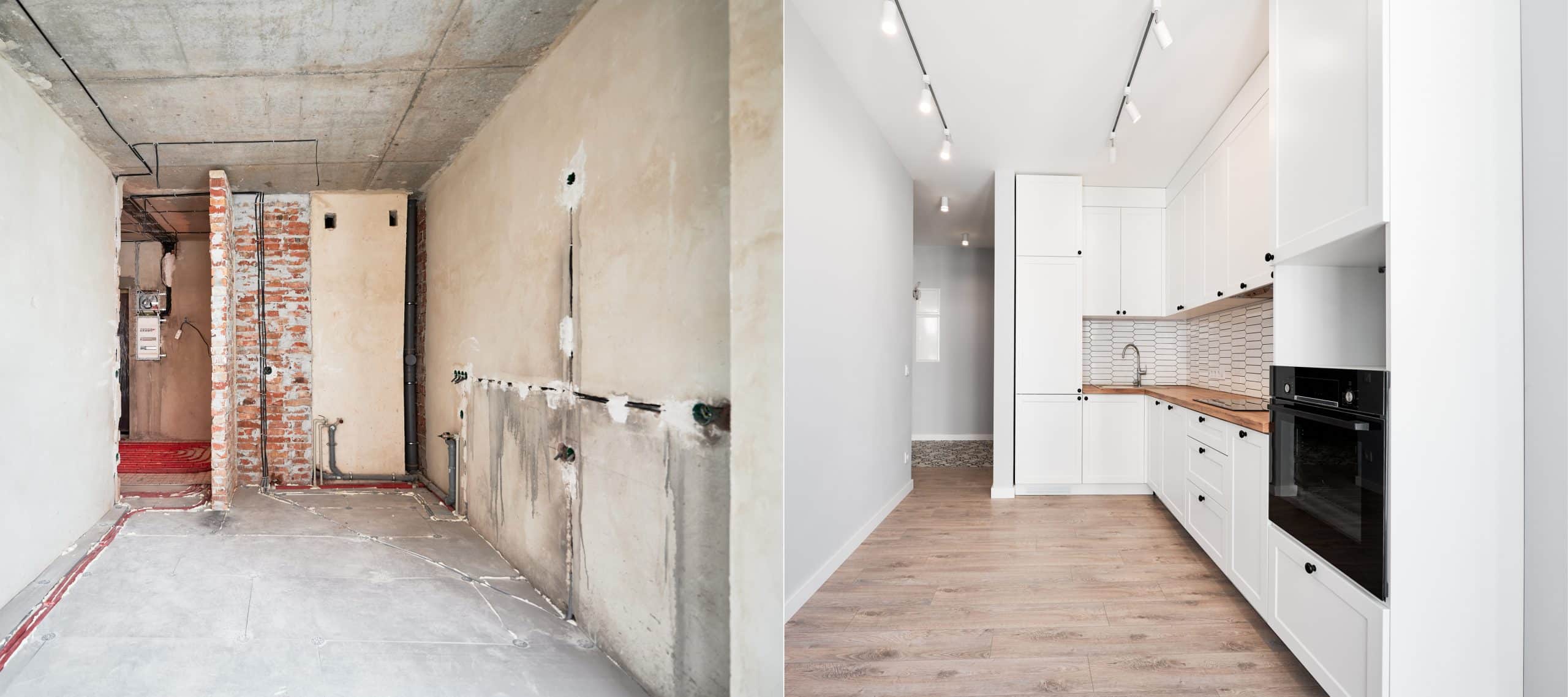How to Navigate Heritage Building Regulations for Real Estate Renovations in Edinburgh?

As property owners, you might find the prospect of renovating listed buildings a complex process. The regulations can be intricate. However, this shouldn’t deter you from making the most out of your property. This article will guide you through the process of planning renovations in Edinburgh, allowing you to understand the regulations and requirements when dealing with heritage properties.
Understanding the Importance of Heritage Buildings
To appreciate the regulations, it’s crucial to comprehend the importance of heritage buildings. These are properties that have been recognized as having historic or architectural significance. The local authorities in Edinburgh have a responsibility to preserve these buildings for future generations.
Lire également : How to Plan and Design a Real Estate Development that Promotes Mental Health and Wellbeing?
The city of Edinburgh has a rich architectural history, and much of it is preserved through listed buildings. These structures are not only tourist attractions but also a source of pride for the local community. They contribute to the city’s unique character and charm, making it a much sought-after place to live and visit.
However, owning such a property comes with specific responsibilities. Any development or renovation requires planning permission from the local council. This process ensures that the impact on the building and the surrounding area is minimized.
Avez-vous vu cela : How Can Real Estate Developers Balance Profitability with Affordable Housing Initiatives?
Knowing the Regulations for Listed Buildings
To ensure the preservation of heritage buildings, the Edinburgh Council has set up a series of regulations. These guidelines ensure that the historical or architectural significance of the listed buildings isn’t compromised during renovation or development.
Firstly, it is important to acknowledge that not all building work requires planning permission. However, any alterations that will affect the character of a listed building do require consent. This includes changes to the building’s exterior, significant alterations to its interior layout, or the use of specific materials not in keeping with the property’s character.
Property conversions, such as transforming a residential building into commercial premises, also require planning permission. You must submit a detailed study of the proposed works, including how they will impact the listed building and its surroundings.
How to Apply for Planning Permission
The first step in getting planning permission for your renovation project is to submit a planning application to the local council. The application should include a detailed description of the proposed works, including any drawings or plans.
The council will then assess the impact of the proposed works on the listed building and the surrounding area. This process may involve consultation with local residents and other interested parties.
It’s crucial to remember that the council will not only look at the physical impact of the development, but also at its effect on the character of the area. This means taking into account the building’s historical or architectural significance and how the proposed works align with this.
Preparing for a Planning Decision
The council’s decision may take several weeks or even months. During this time, it is advisable to maintain open communication with the council to clarify any doubts or concerns.
Keep in mind, the council’s decision is not purely based on the architectural merits of the proposal. It also considers the social and economic benefits that the development might bring to the area.
If the council refuses your application, it will provide reasons for its decision. You have the right to appeal this decision, but it is often more productive to work with the council to adapt your plans and meet the regulations.
Ensuring Compliance During Construction
Once you have obtained planning permission, the next step is to ensure that the actual construction process complies with the approved plans. This involves adhering to the specified building practices and materials.
Building control officers from the local council will periodically inspect the site to ensure compliance. They have the power to halt construction if they find any deviations from the approved plans.
In conclusion, navigating heritage building regulations in Edinburgh might seem daunting initially. However, with care, due diligence and the right professional advice, it is possible to renovate or develop your listed property while preserving its historical and architectural significance. By respecting the city’s heritage, you can also contribute to the ongoing story of the city and its unique character.
Dealing with Loft Conversions in Heritage Buildings
Loft conversions are a popular way to add space and value to a property. However, for listed buildings in Edinburgh, this process can be more complicated due to the need for planning permission.
To start with, the local planning authority needs to assess whether the proposed loft conversion would alter the character of the listed building. This includes an evaluation of the external appearance, such as whether new windows will be visible from the street, and the internal layout.
It’s equally important to consider how the conversion would impact the building’s structural integrity. Hence, the construction industry professionals involved in your project should have the expertise in dealing with heritage buildings.
Furthermore, if your property is located within a conservation area, additional restrictions may apply. These areas are designated to preserve the architectural and historic interest of a locality. Therefore, any development, including loft conversions, must not detract from this.
To assist in the decision making, it could be beneficial to hire an architect or a planning consultant with experience in heritage properties. They can provide valuable advice on how to design your loft conversion to comply with building regulations and increase the likelihood of obtaining planning approval.
Acquiring Building Consent in Conservation Areas
Acquiring building consent in conservation areas may add another layer of complexity to your renovation project. Besides, specific aspects that could normally be categorized as permitted development rights in other areas may require planning approval in conservation areas.
The purpose of these stringent regulations is to uphold the character and appearance of these historically significant areas. Therefore, any modifications to the exterior of a property, including changes to doors, windows, or roofs, could require consent from the planning authority.
Before starting any work, you should consult with the local planning authority to determine what permissions are needed. It’s essential to provide detailed plans of your proposed works as part of your planning application. This should include information about the design, materials, and how the proposed changes would fit with the existing property and the wider conservation area.
In addition to obtaining permission for the proposed works, you must also ensure that your contractors adhere to the approved plans during construction. Building control officers have the authority to halt work if the construction does not comply with the approved plans.
Conclusion
Navigating heritage building regulations in Edinburgh can be a complex process, but it is vital to ensure the preservation of the city’s rich architectural history. Property owners need to understand the significance of obtaining planning permission and comply with the building regulations, especially when dealing with loft conversions and properties located in conservation areas.
Regardless of the challenges, renovating a heritage property can be a rewarding experience. By following the correct procedures and working closely with the local planning authority, you can ensure that your project contributes positively to Edinburgh’s unique character.
Remember, respect for the city’s heritage and compliance with its regulations not only preserves the past but also ensures the ongoing story of the city. This approach to renovation and development in the real estate sector can help maintain Edinburgh’s charm and appeal for future generations.
